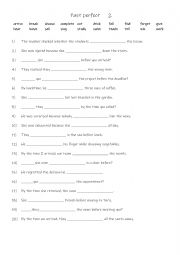
|
Past perfect 2
First, students need to familiarise themselves with the 20 verbs. Then they read the sentences to see which verb is needed to complete the sentence. Each verb is used 1 time! Answers on page 2
Level: elementary
Age: 10-100
Type:
Downloads: 111
|
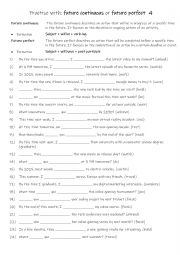
|
A2+-B1 Practise with future continuous or future perfect 4
Understanding these tenses allows students to communicate future goals, schedules, and timelines effectively, enhancing both their speaking and writing skills for academic, professional, and everyday use. First, students need to familiarise themselves with the 2 tenses and their use. Then they read the sentences to work out which tense is needed to...
Level: elementary
Age: 9-100
Type:
Downloads: 111
|
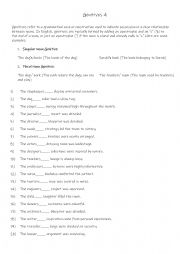
|
A1+-A2 Genitives (4)
This worksheet is suitable for A1+-A2 level students. Genitives refer to a grammatical case or construction used to indicate possession or a close relationship between nouns. Students complete the 20 sentences after reading the rules. Answers on page 2
Level: elementary
Age: 8-100
Type:
Downloads: 111
|
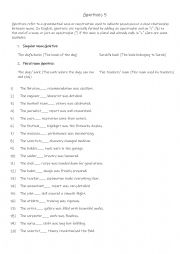
|
A1+-A2 Genitives (5)
This worksheet is suitable for A1+-A2 level students. Genitives refer to a grammatical case or construction used to indicate possession or a close relationship between nouns. Students complete the 20 sentences after reading the rules. Answers on page 2
Level: elementary
Age: 8-100
Type:
Downloads: 111
|
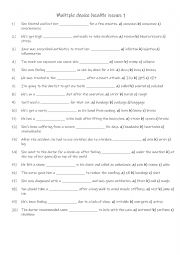
|
A2-B1 Multiple choice health issues 1
Students read the sentences and choose the correct word out of the given choices. Answers on page 2.
Level: elementary
Age: 8-100
Type:
Downloads: 111
|
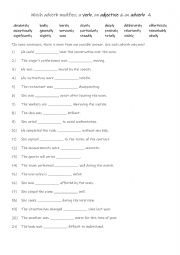
|
Which adverb modifies a verb, an adjective & an adverb 4
First, students need to familiarise themselves with the 21 adverbs and their meanings. Then they read the sentences to see which one is required to complete the gap-fill. Additionally, recognising whether it modifies a verb, an adjective & an adverb. Each type is modified 8 times! Answers on page 2.
Level: elementary
Age: 9-100
Type:
Downloads: 111
|
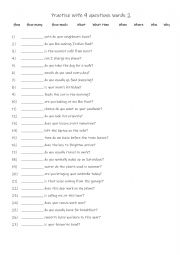
|
A1 Practise with 9 questions words 2
Students familiarise themselves with the 9 question words and their use. Then they read the questions to see which question word is required to complete the questions. Answers on page 2.
Level: elementary
Age: 7-100
Type:
Downloads: 111
|
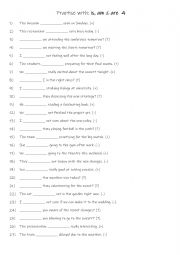
|
A1 Practise with is, am & are 4
Students read the sentence and complete the sentence with the correct form of the verb to be. They use the (+) or (-) sign at the end of the sentence to see if it needs a positive or negative form of the verb to be. Each form is used 3 times! Answers on page 2.
Level: elementary
Age: 6-100
Type:
Downloads: 111
|
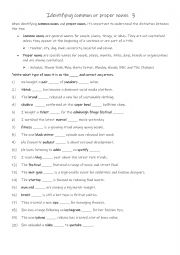
|
Identifying common or proper nouns 3
First, students need to familiarise themselves with the 2 types of nouns. Then they read the sentences to identify and use the correct punctuation for all of the sentences. Answers on page 2
Level: elementary
Age: 8-100
Type:
Downloads: 111
|
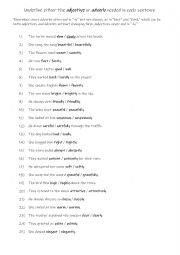
|
Adjective or adverb practise
Students read each sentence to see and work out if a noun or verb needs to be modified. They can either underline the correct answer or delete the wrong one.
Remember, most adverbs often end in -ly but not always, as in fast and hard, which can be both adjectives and adverbs without changing form. Adjectives never end in -ly.
Answers on page 2
Level: elementary
Age: 10-100
Type: worksheet
Downloads: 110
|












